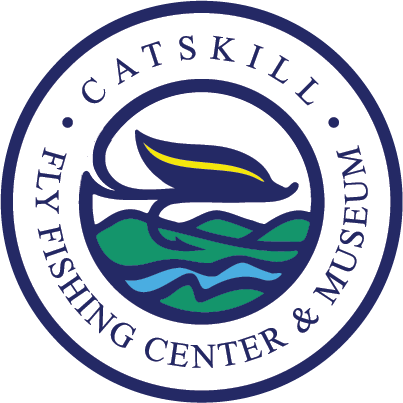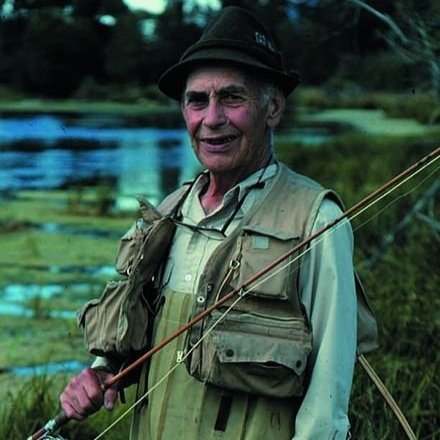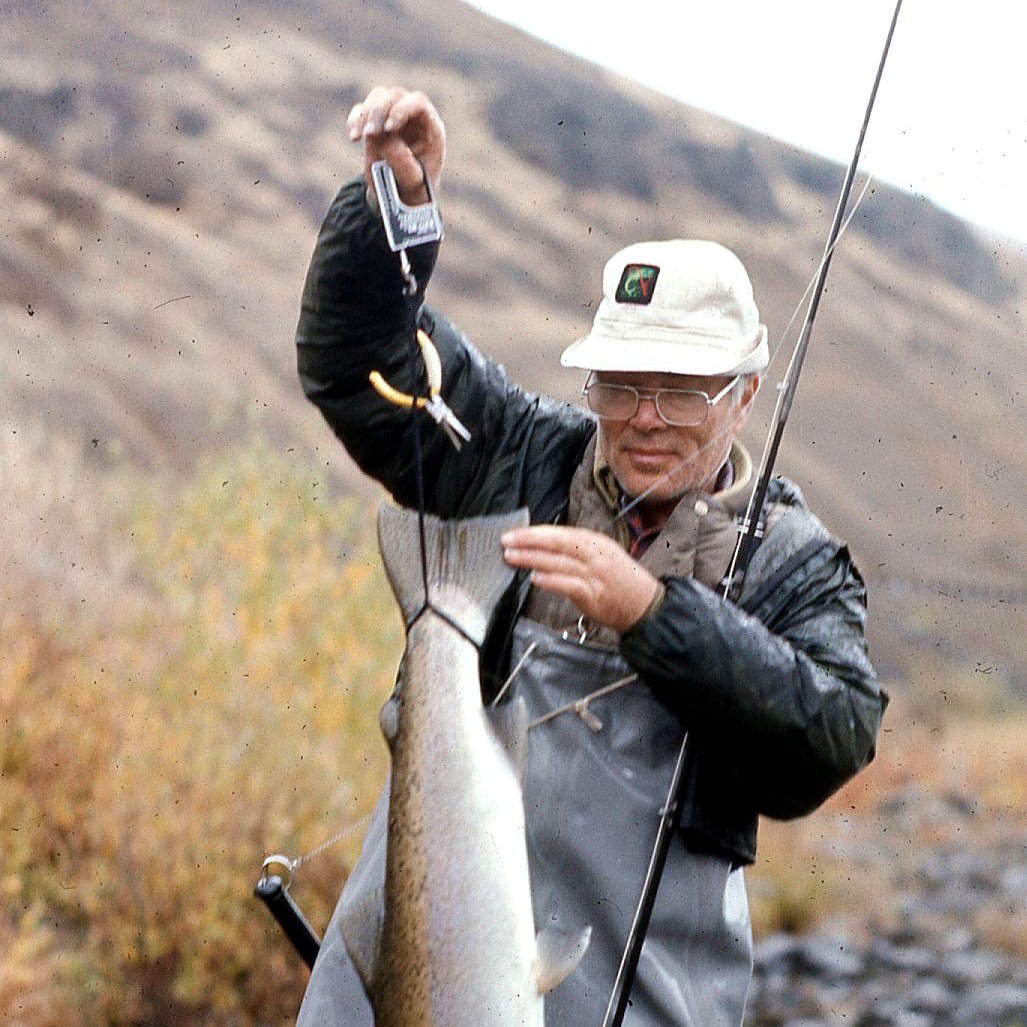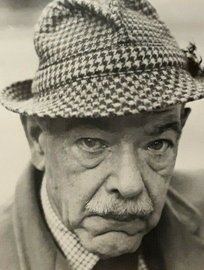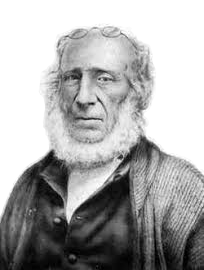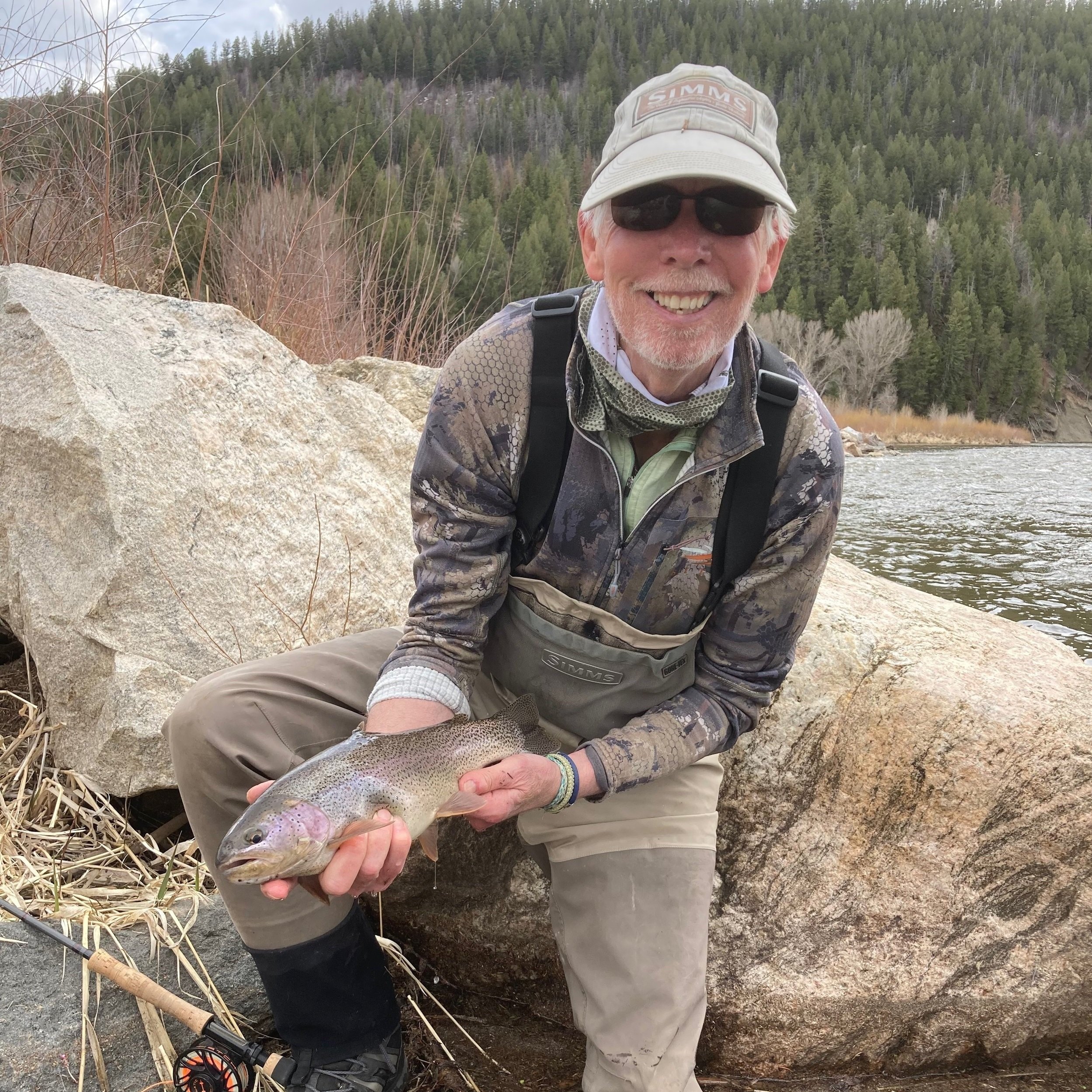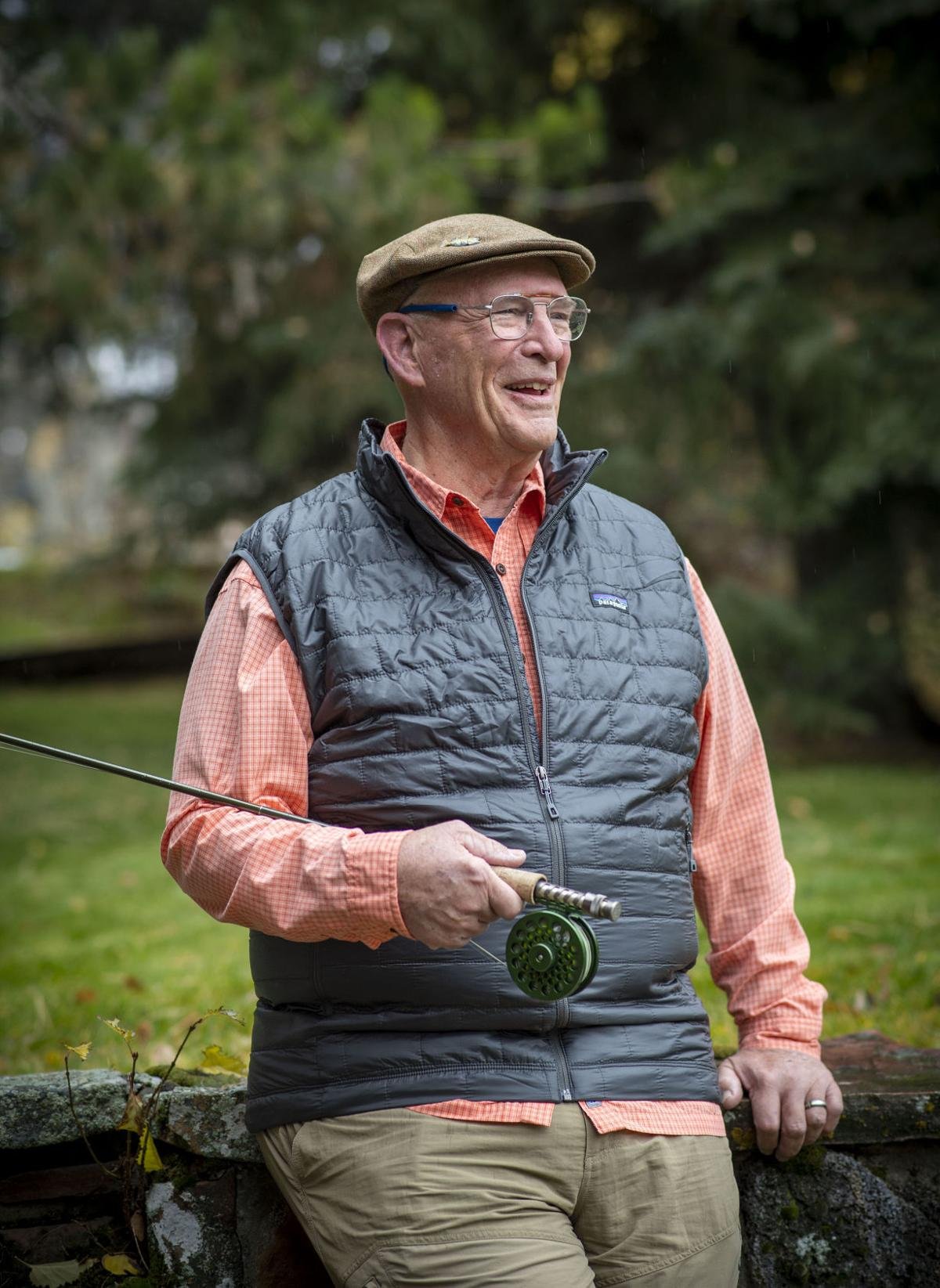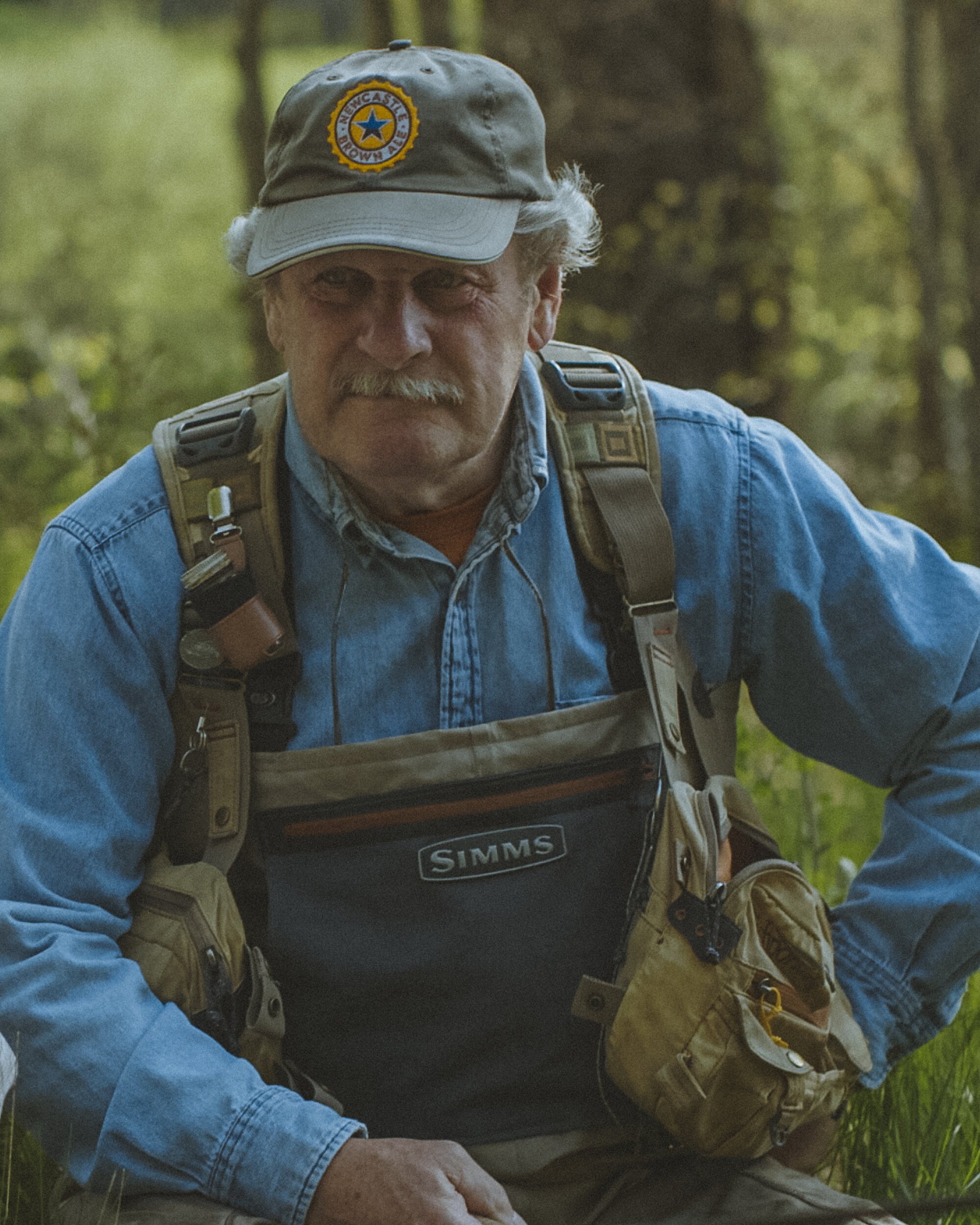Born in Canterbury, Kent, England in January 1953, Charles started fishing at the age of three (perch). (Is everyone’s first fish a perch?) He attended art colleges in Canterbury and Medway, receiving a Diploma in Art and Design, and started journalism and art work on natural history subjects and angling at local newspapers within the Kent Messenger Group at the age of 19.
Charles fished a lot - on rivers, but increasingly on still waters - both for tench, pike roach! He gained the Association of Professional Game Angling Instructors qualification during this period. In 1986 Charles pursued a full-time career in both art and journalism and illustrated his first book for Bill Currie’s Days and Nights of Game Angling and increased contributions for eMap GPS angling titles. He also illustrated for the then-Poet Laureate Ted Hughes and gained the prestigious Society of Wildlife Artists accolade.
During the 1980s and 90s, Charles wrote two books: the critically acclaimed Dark Pools, concerning chalk stream fly fishing, and the Sotheby’s Guide to Fly Fishing For Trout. He also crafted the smaller accompanying volume, The Fly Fisher’s Catch, widely used in both the UK and USA by newcomers as a comprehensive guide to the sport.
In the new millenium, he became the Angling Director for the Countryside Alliance, creating the groundbreaking Water Matters pack dedicated to taking fishing into the classroom for schoolchildren aged 11 to 14.
Most recently, Charles received the FFF Ambassadors Award - a very rare honor - for growing the sport worldwide, and also gained accreditation in European and USA FFF Masters Fly-Casting. He also demonstrates fly fishing and fly casting throughout the world and fishes in as many places as he can. Slovenia, Italy, Denmark, Africa, Czech Republic, Cuba, Bahamas, and of course the UK and the USA all have been kind.
Charles was part of Team Sage for nearly 15 years and has assisted companies like Shakespeare, Rio, Fulling Mill, and more recently Simms and recently designed a best selling ange of fly lines for Wychwood.. He also enjoyed being able to write for all the UK’s fly fishing magazines: Trout & Salmon, Trout Fisherman, Stillwater Trout Angler, Total/Today’s Fly Fisher, Fly Fishing & Fly Tying and other publications. He currently writes for The Field magazine and is in the throes of constructing a new book.
He continues to fish and paint unabated and write for Fly Fishing and Fly Tying magazine each month and also is angling columnist for The Field. And very proudly, he is currently Director of Fishing 4 Schools, an initiative he started that takes angling into schools, working with young people from varied backgrounds. And to cap it all, he has been made Director of the national England Youth Fly Fishing Team. In recent years and fished as part of the England Squad in the last Commonwealth Fly Fishing Championships held in New Zealand.
